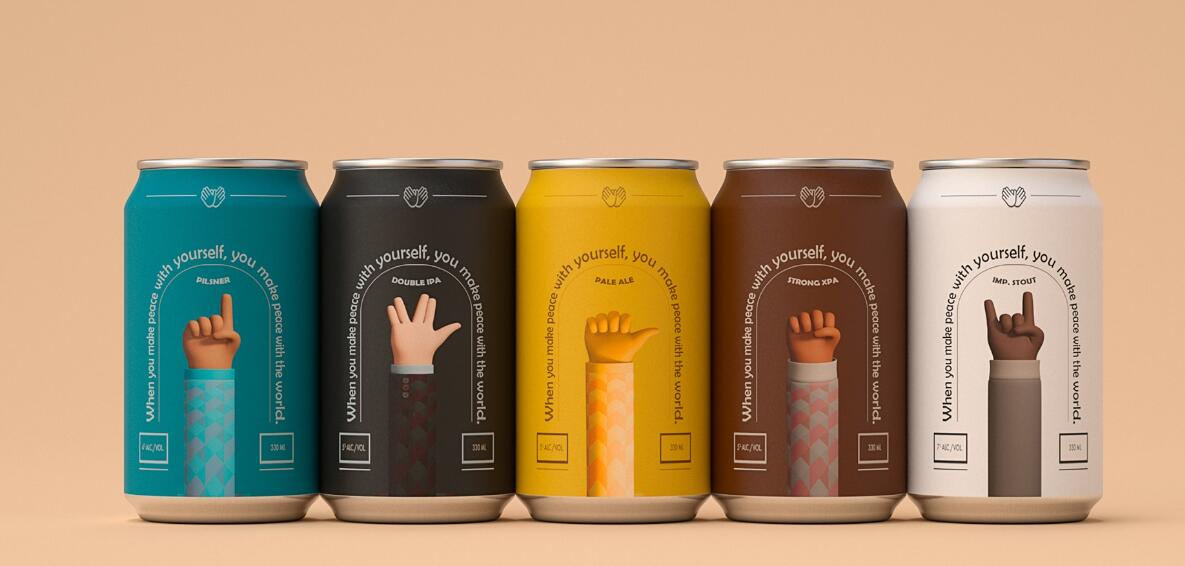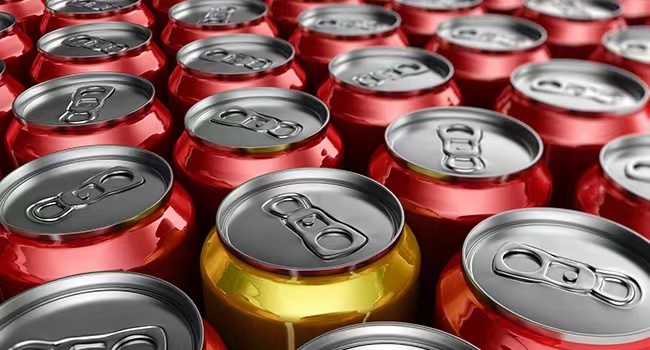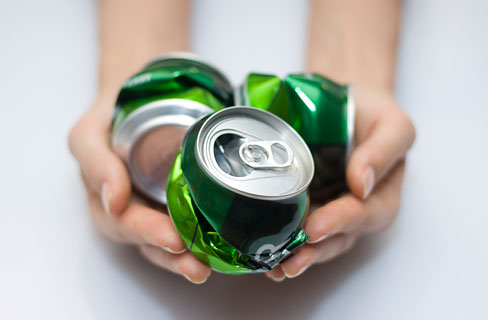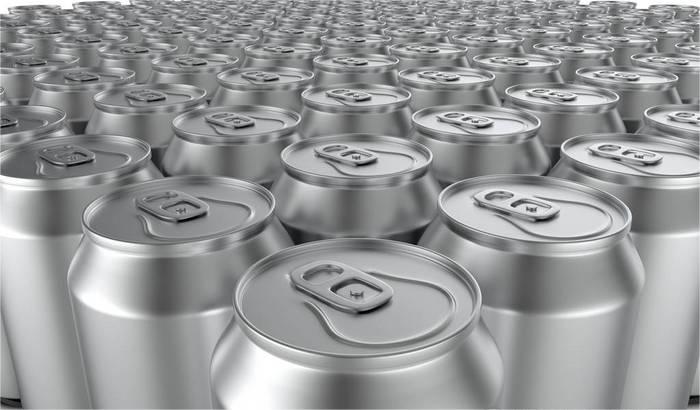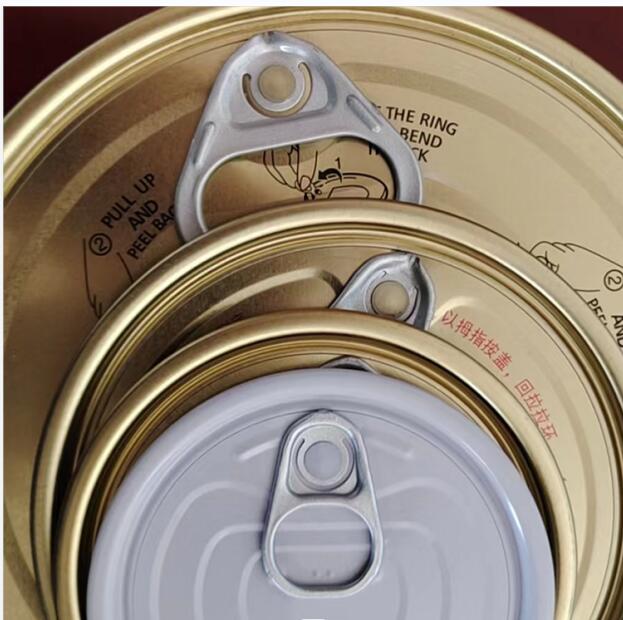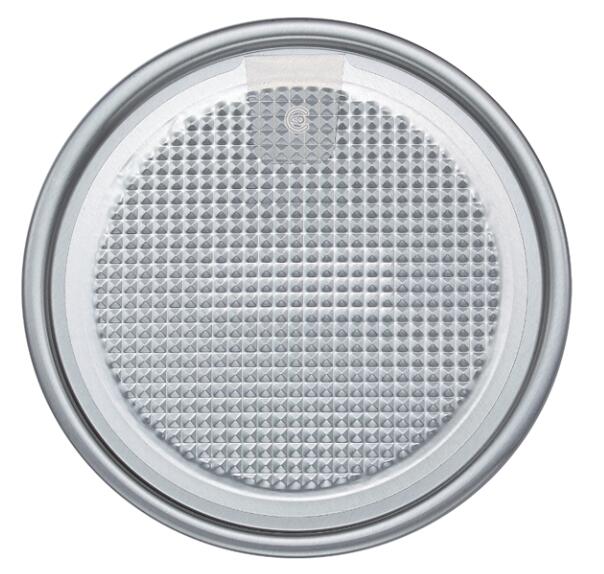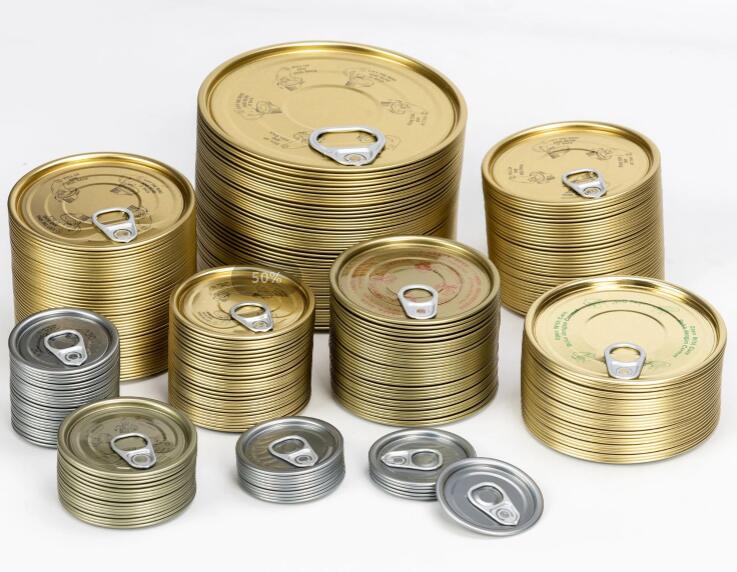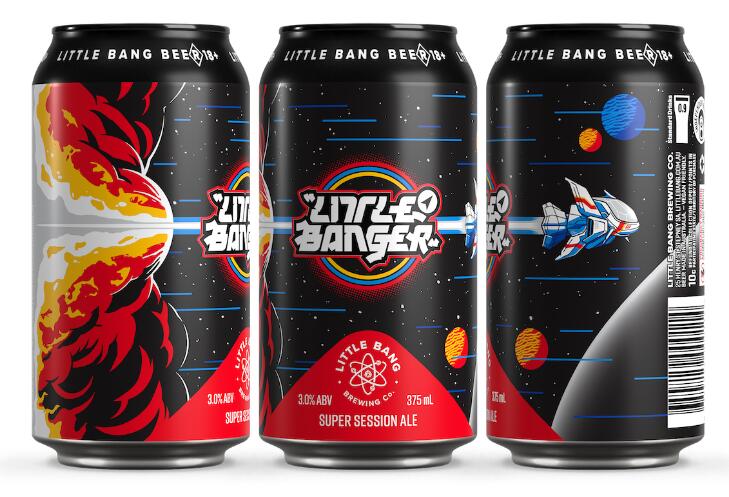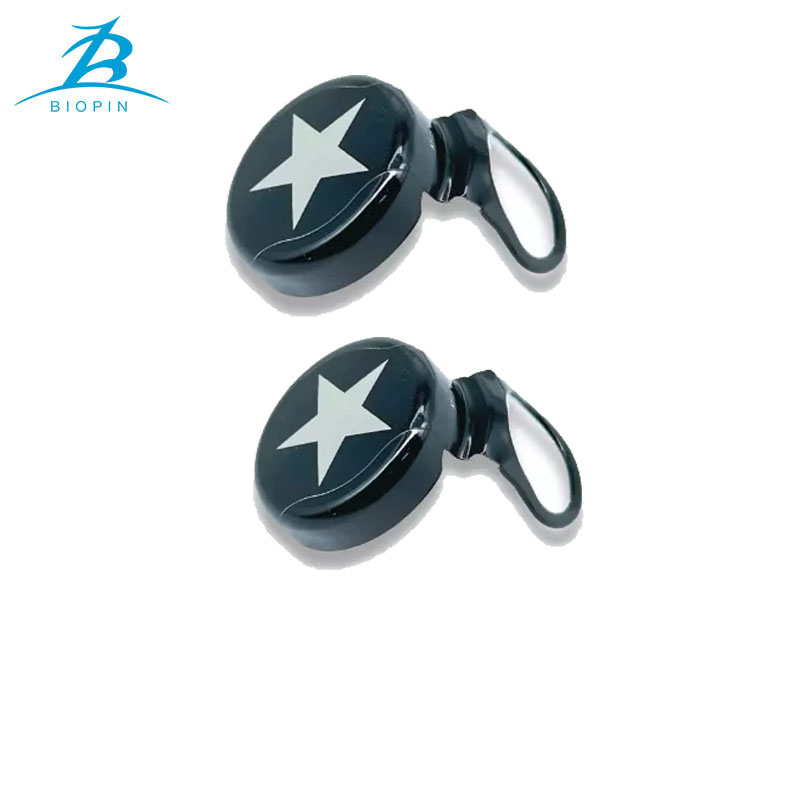"Forging the Legacy: The Fascinating Origins of Tinplate"
Jun 30, 2023
Introduction:
Have you ever wondered how certain materials got their names? One such intriguing case is that of "tinplate," also known as "ma kou tie" in Chinese. In this blog, we will explore the historical background and unique characteristics of tinplate, shedding light on the origins of its name and the impact it has had on various industries.
Tinplate Unveiled:
Tinplate is a type of thin steel sheet coated with a layer of tin on both sides. This unique combination of materials gives it exceptional qualities such as corrosion resistance, durability, and an appealing aesthetic appearance. But how did it acquire the enigmatic name "ma kou tie"?
The Origins:
The term "ma kou tie," which translates to "horse mouth iron," originates from its appearance. In ancient China, the edges of tinplates were shaped to resemble the mouth of a horse. This distinctive design not only served an ornamental purpose but also fulfilled a functional one - by folding the edges, it made the tinplate more secure and easier to handle during transportation and storage.
Historical Significance:
Tinplate production has a rich and diverse history dating back over 2,000 years. It gained prominence during the Tang Dynasty (618-907 AD) when its production techniques advanced, and it became widely utilized in various applications. Initially used for decorative purposes, tinplate soon found its way into the realm of food preservation, where its corrosion-resistant properties made it ideal for preserving and packaging perishable goods.
Industrial Revolution and Tinplate:
The Industrial Revolution in the 18th century brought about significant developments in tinplate production techniques. With the advent of mechanization, the manufacturing process became more efficient, leading to increased production and reduced costs. This breakthrough opened up new possibilities and industries, such as the canning industry, which relied heavily on tinplate for packaging canned food and beverages.
Applications and Advancements:
Over time, innovative applications of tinplate expanded its usage beyond canning. The automotive industry, for example, began utilizing tinplate in car body panels due to its strength, corrosion resistance, and formability. The construction industry also benefits from tinplate's versatility, using it for roofing, cladding, and decorative purposes. In recent years, tinplate has even found its way into the world of art, with creative designers incorporating it into sculptures and unique structures.
Modern Tinplate: A Premium Choice:
In today's world, tinplate continues to be a sought-after material due to its exceptional properties. Its corrosion resistance ensures the longevity of packaged goods, making it a preferred choice for food, beverage, and pharmaceutical industries. Moreover, its recyclability and eco-friendly nature contribute to sustainability efforts, aligning with the global movement towards a greener future.
Conclusion:
The captivating journey of tinplate, or "ma kou tie," takes us back in time to the era of ancient China. From its humble beginnings as a decorative material to its indispensable role in preserving perishable goods and advancing modern industries, tinplate's name and legacy continue to fascinate. Its enduring qualities of durability, corrosion resistance, and aesthetic appeal make it a material that stands the test of time. As we marvel at its history, let us embrace the possibilities and continued innovations that tinplate brings to our modern world.

